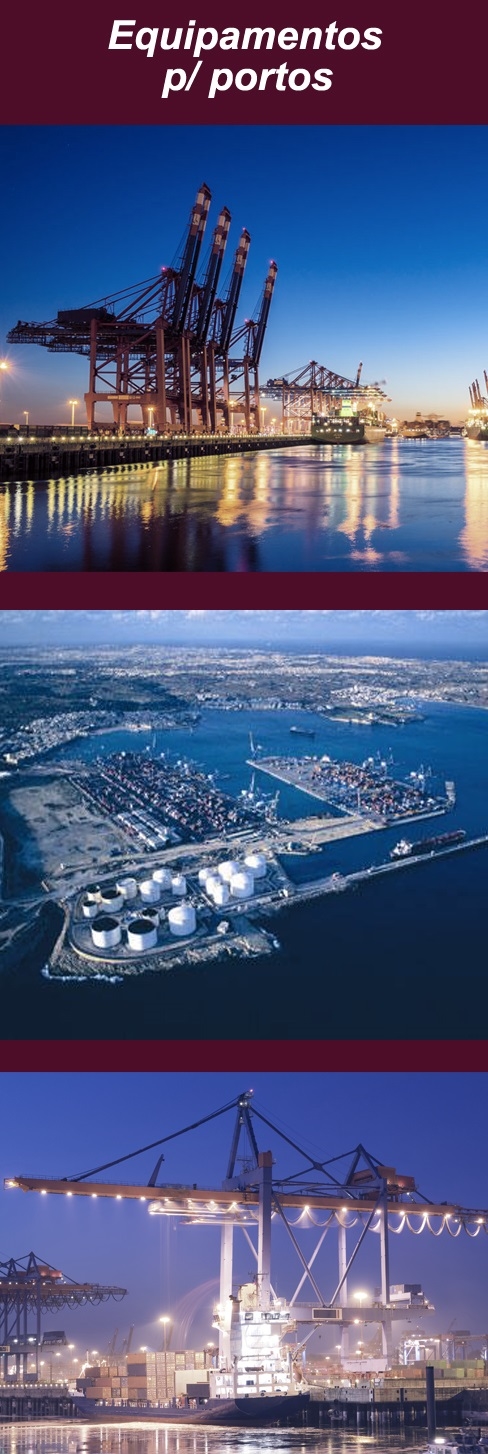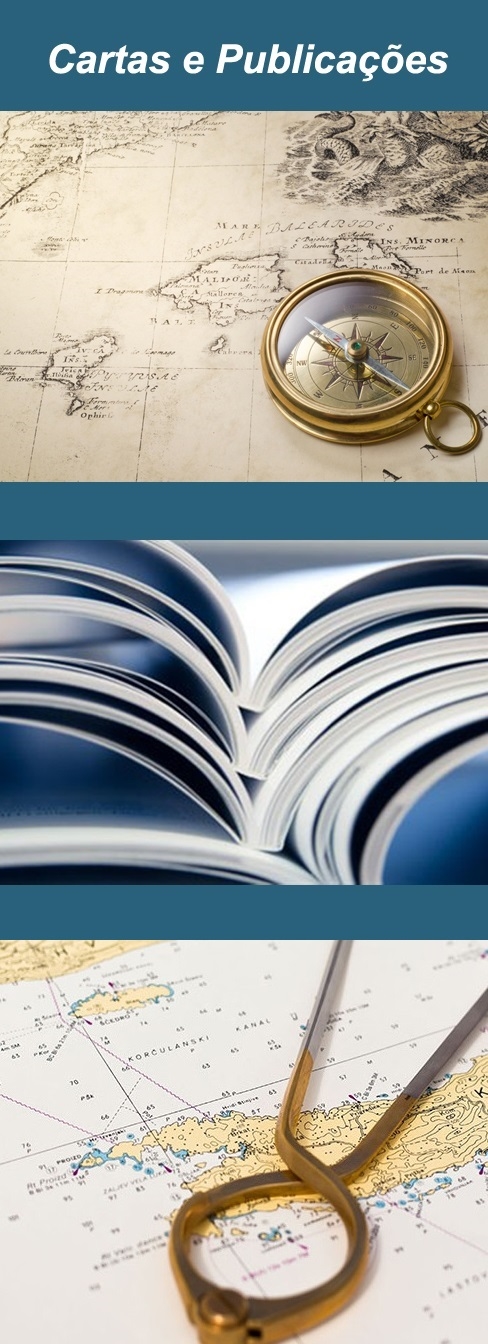- Graphiques et Publications
-
Industrie Maritime

-
Nautique

-
l'industrie de la Terre

-
L'équipement pour les ports

- Proteção Covid-19
- Sobre Nós
- Novidades
- Marcas
- Contactos
- Serviços
- Articles
- Home /
- L'équipement pour les ports /
- Assinalamento marítimo /
- Offshore Wind Farms
Offshore Wind Farms
TIDELAND OFFSHORE WIND FARMS

Tideland develops and supplies several options of marine AtoN and aviation warning systems specifically designed for offshore wind farms (OWF), meteorological masts, and offshore sub-stations (OSS).
Tideland products comply with the specific requirements of national authorities and with international specifications, such as, ICAO Annex 14 2004, and IALA recommendation 0-139.
-
For an individual turbine it is recommended to fit a 5NM white light, flashing Morse Code “U”, mounted at a minimum height of 15 metres above the Highest Astronomical Tide (HAT) but below the turbine blades. As it should be seen from all directions, a minimum of two are recommended. The tower should also be painted yellow all around to a height of 15 metres above the HAT or to the height of the AtoN.
 For marking groups of structures (wind farms), the recommendation calls for a 5NM yellow light on each Significant Peripheral Structure (SPS) which should be seen in all directions. This requires two or three lights and it is recommended that they are synchronised. It is further recommended that all SPS lights are synchronised. In the case of large wind farms the SPSs should not normally be more than 3NM apart. Selected Intermediate “IPS” structures on the periphery of a wind farm, other than the SPSs, should be marked with flashing yellow lights, with a range of not less than 2NM. The flash character should be distinctly different from those of the SPSs. The lateral distance between an SPS and intermediate structure should not be greater than 2NM.
For marking groups of structures (wind farms), the recommendation calls for a 5NM yellow light on each Significant Peripheral Structure (SPS) which should be seen in all directions. This requires two or three lights and it is recommended that they are synchronised. It is further recommended that all SPS lights are synchronised. In the case of large wind farms the SPSs should not normally be more than 3NM apart. Selected Intermediate “IPS” structures on the periphery of a wind farm, other than the SPSs, should be marked with flashing yellow lights, with a range of not less than 2NM. The flash character should be distinctly different from those of the SPSs. The lateral distance between an SPS and intermediate structure should not be greater than 2NM.
In addition to th
ese minimum requirements, IALA recommends that consideration should be given to the following:
- Lighting all peripheral structures
- Lighting all structures
- 2NM fog signal
- Racon
- AIS AtoN
The above provides a guide to the IALA requirements and all proposed systems should be discussed with the local lighthouse authority or coast guard.
Offshore Wind Farms
- Praceta Augusto Dias Silva, 94 2B 2785-521 Sao Domingos de Rana
- info@jgarraio.pt
- Tel.: +351 213 473 081

As fotos apresentadas podem não corresponder as configurações descritas.
Preços e especificações sujeitos a alteração sem aviso prévio.
A J. Garraio declina qualquer responsabilidade por eventuais erros publicados no site.
Desenvolvido pela Agência PRIMEWAY - Plataformas Digitais • Design • Marketing Digital



















































